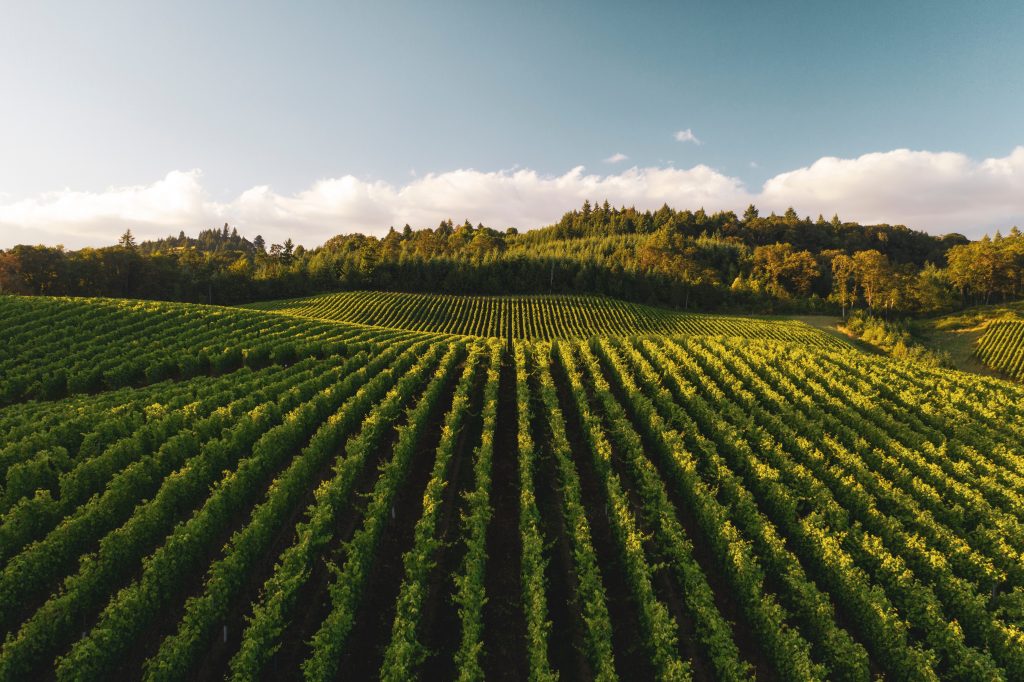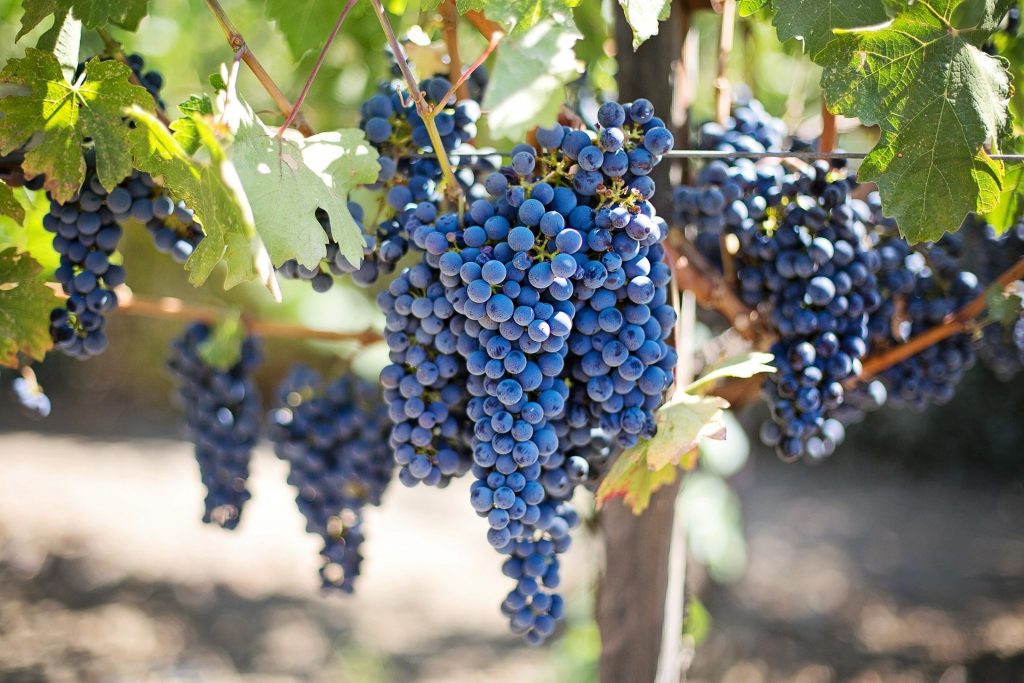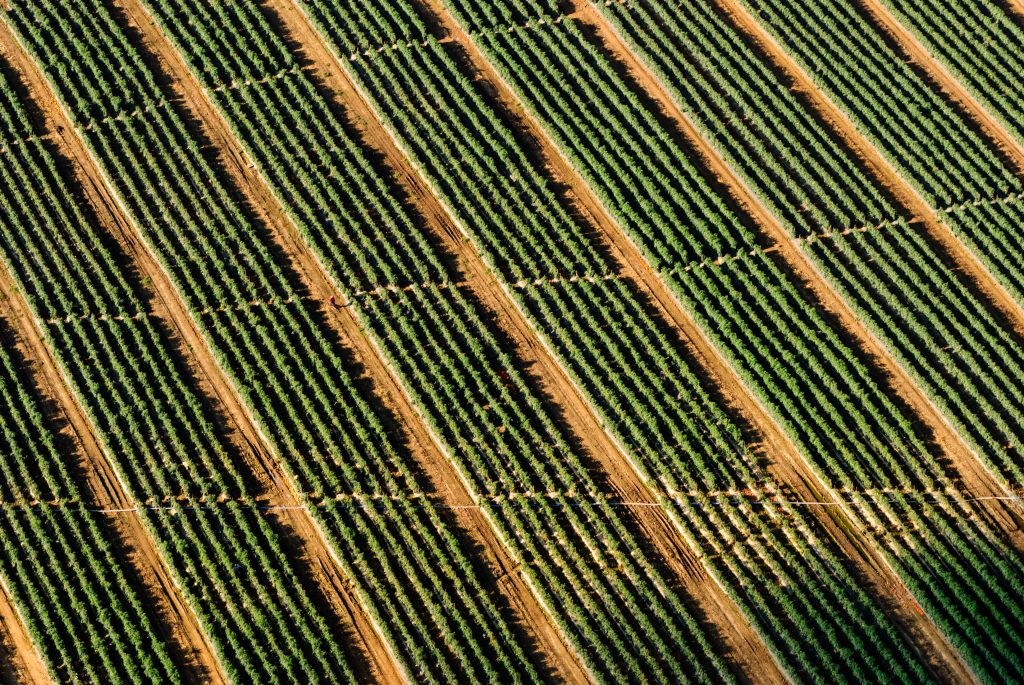
Visualizing Vintage! The Fast Emerging Opportunity for Aerial Analysis of Vineyards!
The opportunities are endless! It’s called ‘precision viticulture,’ and its estimated to be a $865 million global industry by 2025, according to research firm Guidance Systems.
What is it? The use of detailed aerial, GPS, mapping, near-infrared, visual and other information to analyze the health, irrigation, growth patterns, vineyard layout and other information that can help vineyards accelerate their production, improve their yield, and help provide a nicer wine!
Why drones? First, there is the image quality – most professional drones, such as those used here at LI&D, can provide 2.5cm/pixel resolution compared to 2.5m/pixel resolution from satellite and other methods. Flights can be undertaken at a higher frequency with specific goals in mind – switching the vineyard from passive to active inspection.
And now is the time to begin considering your plans! Vineyards that have been using drone-based insight have a 3 point plan: a flight at ‘first leaf’ early in the season, a second flight during flowering, and a third flight during ripening.

This allows for the preparation of a zonal map that helps to analyze, on a very discrete basis, issues with early season growth, evaluate bud break and locate specific problems. Follow this up with a post harvest flight to create a powerful historical record that can be used for future analysis!
Consider the range of opportunities being explored:
1
Spraying application
In a vineyard in Luxembourg, they recently used a drone for aerial spraying. It’s fast becoming a real opportunity, allowing for better application of key nutrients – particularly beneficial because the grade in vineyards is often not amenable to tractors or other vehicles
2
Disease and stress management
Leaf ‘reflective analysis’ or NDVI (Normalized Difference Vegetation Index) analysis takes a look at water content within a leaf – where a low value can help to identify a plant that is diseased, stressed or a lack of nutrients
3
Row management
Powerful insight comes from canopy analysis which can indicate potential areas needing thinning
4
Yield management
Better and more precise yield estimation is a key and critical benefit. The data collected in a flyover can be used to estimate ‘vigor’ variability within small regions in the vineyard – insight which can help to enhance the information obtained by classical yield sampling obtained by a manual, ‘walk-the-field’ process. The insight also becomes a proactive inspection management tool – it can also provide specific insight on areas that should be more closely examined through a manual inspection
5
Irrigation analysis
Read our previous post on the fascinating ways that drones can be used to examine the efficiency of agricultural irrigation technology, benefits which flow into viticulture
6
Canopy health analysis
It can help to provide guidance on the potential location of plant health issues, as the near-infrared data used for analysis will indicate areas of stress
7
Microclimate analysis
A thermal sensor can actually analyze soil temperatures – one study by an Italian research project found very large temperature variations in very small areas as modified by hillslope and dry-stone walls, providing useful guidance for modifying terraced landscapes
8
Pest-control
We read one research report where one entrepreneur actually attached a mock-crow on a drone in order to scare away other birds! Others are exploring drone technology which allows them to broadcast bird distress calls which wouldn’t chase other birds away. Beneficial? One study suggests that in Australia, the recent drought has led to a 15% decrease in crop tonnage as the result of bird, bat and kangaroo damage.

The future?
Watch for more chatter about ‘smart-wineries’ – embedded ‘Internet of Things’ sensors throughout the vineyard, communicating through 5G and mesh-networks, reporting on plant health, soil conditions, growing rates and more!
The future is limited only by your imagination!
And we’ll drink to that!
Comments are closed.